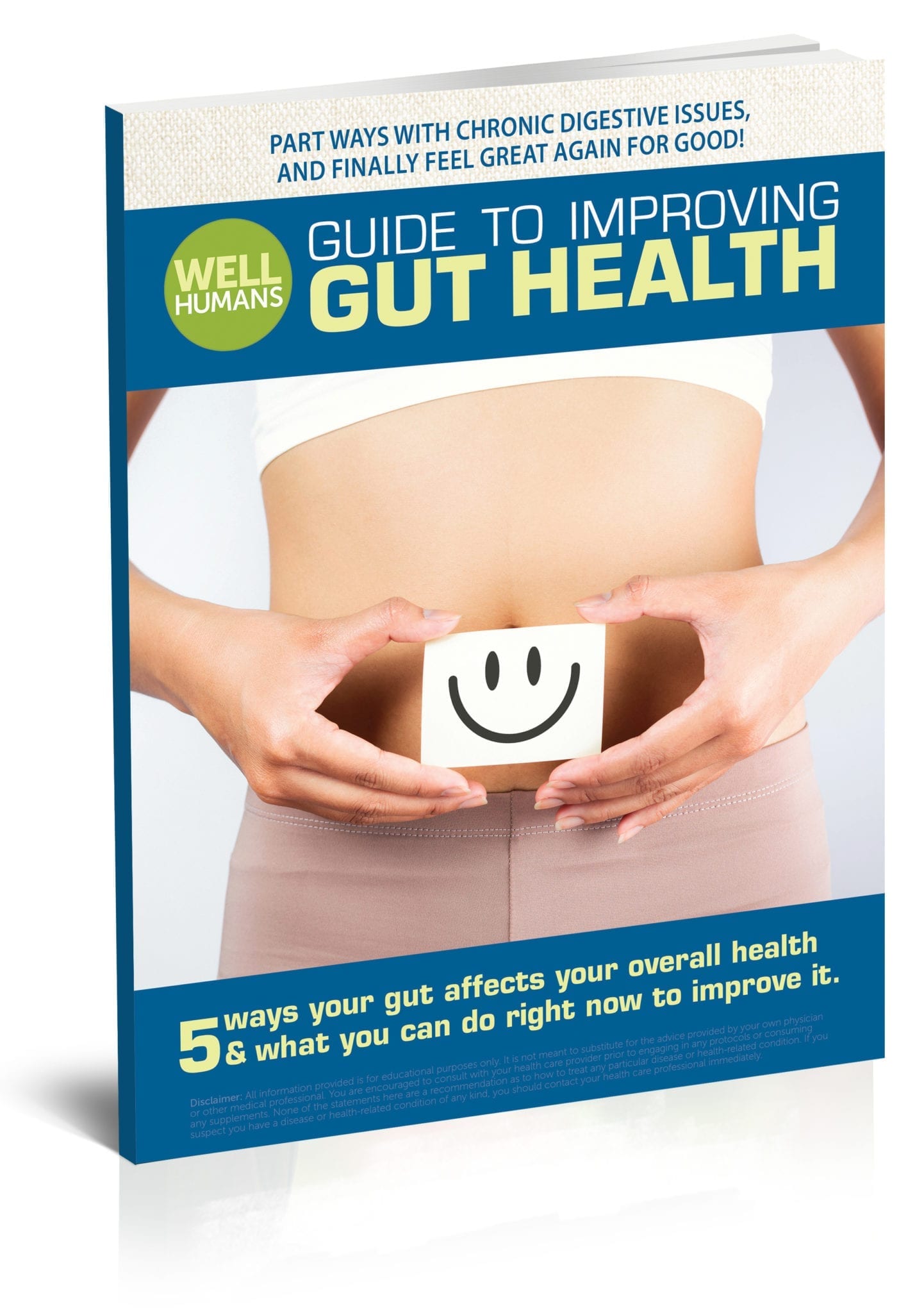
All the hype these days about meditation is certainly worth the attention. Meditation has many benefits including relaxation and stress reduction, improved immunity and can lower blood pressure too. It helps with depression, anxiety, focus, resilience against pain and overall emotional well-being.
There are many types of meditations like Transcendental, Vipassana, Loving Kindness, Mantra and even guided meditations which are available through many apps online.
I practice Mindful Meditation. It’s the practice of intentionally focusing on the present moment no matter what we are dealing with, accepting without judgment, while paying attention to any physical sensations, thoughts, and emotions that arise. That’s why I prefer to just “sit”. There’s no pressure to do anything, no judgements if I’m doing it right or wrong, just observations of the various and abundant sensations and thoughts we experience in every moment.
It’s helps us to be exactly where we are, rather than focusing on what we need to do, where we need to be, how wrong or right something is/was, how good or bad an experience is/was or how intense or tolerable physical pain is/was.
Mindfulness teaches us to focus on human-BEING, not human-doing.
If you want to try it out, sit on a cushion on the floor, or on a chair, with a straight back and your hands gently placed on your thighs. Pay attention to your breath. Breathe in and out and redirect the attention to your breath when you get distracted by sounds or lost in thoughts, sensations and feelings. Notice them all, but continue moving back to your breath throughout the practice. The idea is not to add to your present experience, but to just be aware of what’s going on, without losing yourself in what comes up. You can try this for a few minutes to start and build up the time as you progress.
You can also practice mindfulness throughout your day while eating, walking, and doing routine things. Pay closer attention to what’s actually happening in that moment rather than doing everything automatically. For example, you can notice your feet—heel to toe hitting the earth with every step; the food textures, temperatures and sensations as you eat; or you can notice the sensations that occur while brushing your teeth, such as temperature, taste, or brush directions.
A shorter effort in mindfulness, is to just pause. If you notice yourself feeling overwhelmed or caught up in thoughts and stories in your brain, take a time-out—pause and enjoy several deep slow breaths to bring you back to the present moment.
Both sitting and practicing mindfulness in everyday activities work together to help us become more present in each moment. This helps us to calm the chaos in our brains, promotes relaxation and acceptance, and the belief and understanding that we are all truly OK, no matter what our days deliver.
Read more about Mindfulness





